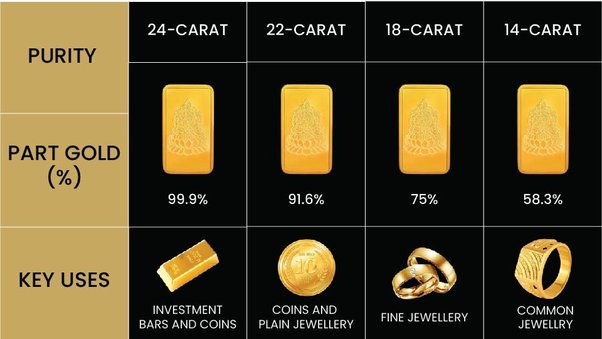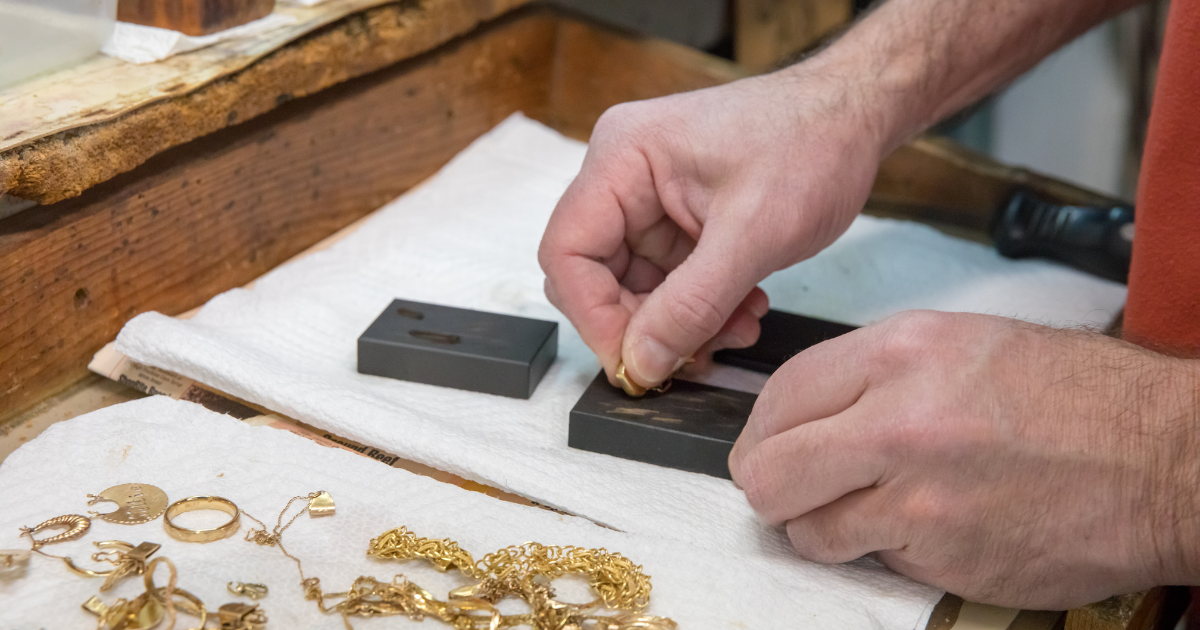How Is Gold Made? Learn the Best Methods for Purity

This image is property of i.ytimg.com.
Understanding the Process of Gold Production
Gold is a precious metal that has fascinated humans for centuries. From jewelry to investment, gold has significant value across different cultures and industries. But have you ever wondered how gold is actually made? In this article, we will explore the process of gold production and the best methods for ensuring purity.
Mining for Gold Ores
Gold is primarily found in its natural state as gold ores embedded in rock formations deep underground. The process of extracting these gold ores involves mining operations, where large amounts of rock are excavated to access the gold deposits. Various methods, such as open-pit mining and underground mining, are used to extract gold ores from the earth.
Crushing and Grinding
Once the gold ores are extracted from the ground, they are crushed and ground into fine particles to release the gold particles from the surrounding rock. This process helps separate the gold from the other minerals and compounds present in the ore.
Extracting Gold from Ores
After crushing and grinding, the gold-bearing ore is subjected to a chemical process known as cyanidation. Cyanidation involves treating the ore with a cyanide solution to dissolve the gold and separate it from the ore matrix. This process is crucial for extracting the pure gold from the ore.
Refining Gold for Purity
After the gold is extracted from the ore, it undergoes a refining process to further purify it and remove any impurities. Refining is essential to ensure that the gold meets the required purity standards for various applications, such as jewelry making or investment purposes.
Melting and Casting
The first step in refining gold is melting the extracted gold at high temperatures to form a molten liquid. The molten gold is then cast into ingots or bars to create standardized shapes for easy handling and storage.
Purification through Electrolysis
To remove impurities and achieve a high level of purity, the molten gold is subjected to an electrolysis process. Electrolysis involves passing an electric current through the molten gold, causing the impurities to separate and settle at the bottom of the container. The purified gold is then collected and further processed for refining.
Chemical Refining
In addition to electrolysis, chemical refining methods are also used to purify gold. Chemical refining involves treating the gold with various chemicals to remove impurities and achieve the desired purity level. This method is effective in refining gold to extremely high levels of purity, making it suitable for specialized applications.

This image is property of davinciemporium.com.
Ensuring Gold Purity for Investment
When it comes to investing in gold, purity is a crucial factor that determines the value and quality of the gold. As an investor, it is essential to understand how gold purity is measured and verified to make informed decisions about purchasing gold products.
Karat vs. Fineness
Gold purity is typically measured in two ways: karat and fineness. Karat is used to measure the purity of gold alloys in jewelry, with 24 karats representing pure gold. Fineness, on the other hand, is used to measure the purity of investment-grade gold, with 999.9 fineness representing pure gold.
Hallmarking and Certification
To ensure the purity and authenticity of gold products, hallmarking systems and certification standards have been established worldwide. Hallmarking involves stamping a mark on gold products to indicate their purity and quality, while certification provides official verification of the gold’s purity level.
Importance of Gold Purity in Investment
For investors, the purity of gold is crucial in determining the market value and liquidity of their gold holdings. High-purity gold products are more valuable and sought after in the market, making them a reliable investment option for diversifying portfolios and hedging against economic uncertainties.

This image is property of b2925568.smushcdn.com.
Benefits of Investing in Pure Gold
Investing in pure gold offers a range of benefits for individual investors, wealth managers, and institutional clients. From long-term wealth preservation to portfolio diversification, pure gold can provide a secure and stable investment option in today’s volatile financial markets.
Safe Haven Asset
Pure gold is often regarded as a safe haven asset due to its intrinsic value and stability in times of economic uncertainty. As a tangible asset with a long history of preserving wealth, pure gold serves as a reliable store of value in turbulent market conditions.
Portfolio Diversification
Including pure gold in an investment portfolio can help diversify risk and reduce exposure to market fluctuations. Gold’s low correlation with other asset classes makes it an effective diversification tool that can enhance portfolio returns and stability.
Potential for Capital Appreciation
Investing in pure gold offers the potential for capital appreciation over time, as gold prices are influenced by various factors such as supply and demand dynamics, geopolitical tensions, and inflation. Pure gold can serve as a hedge against currency depreciation and financial market volatility.

This image is property of goldsecure.com.au.
Conclusion
In conclusion, understanding how gold is made and ensuring its purity are essential factors for investors looking to capitalize on the benefits of investing in gold. By learning about the production process, refining methods, and purity standards of gold, investors can make informed decisions about purchasing and holding gold as a valuable asset. Whether for jewelry, investment, or industrial purposes, pure gold remains a timeless and versatile metal with enduring value in today’s ever-changing financial landscape.
If you have any questions, please don’t hesitate to contact us at info@fastcashdc.com



